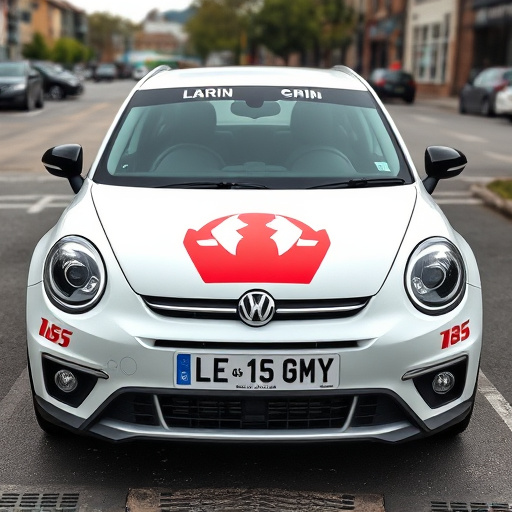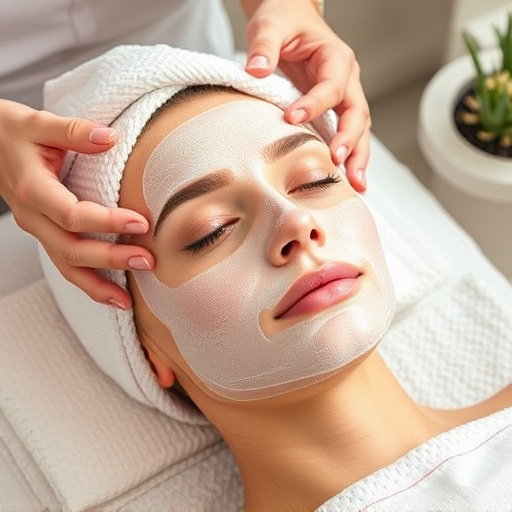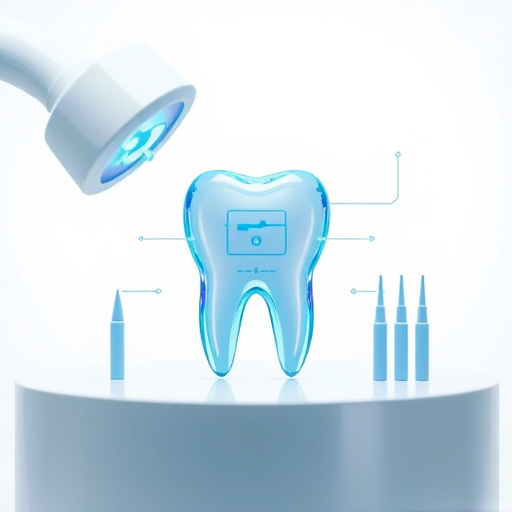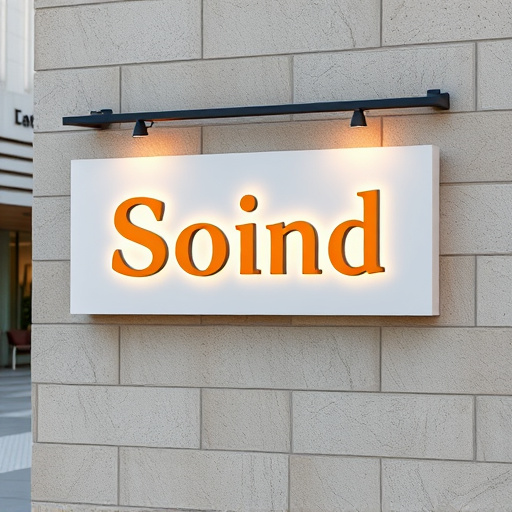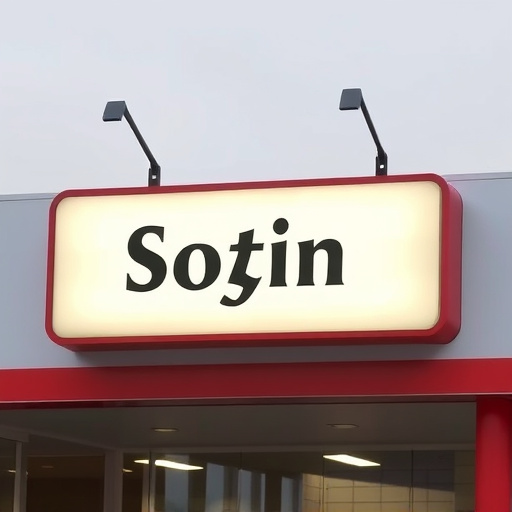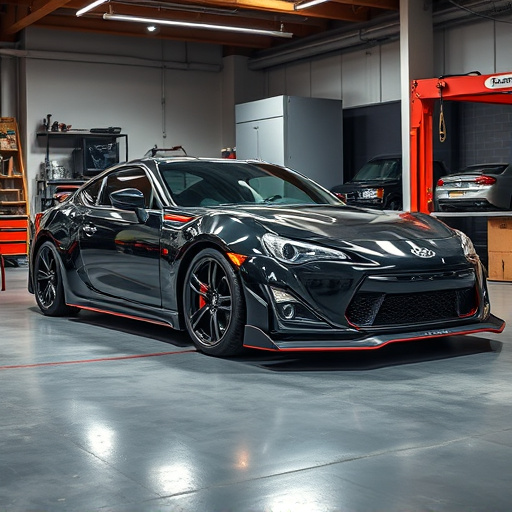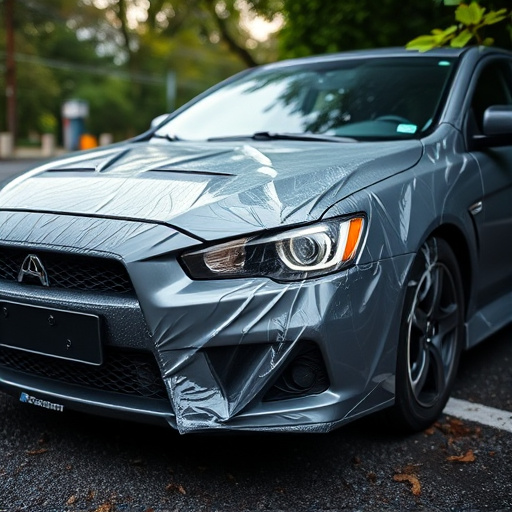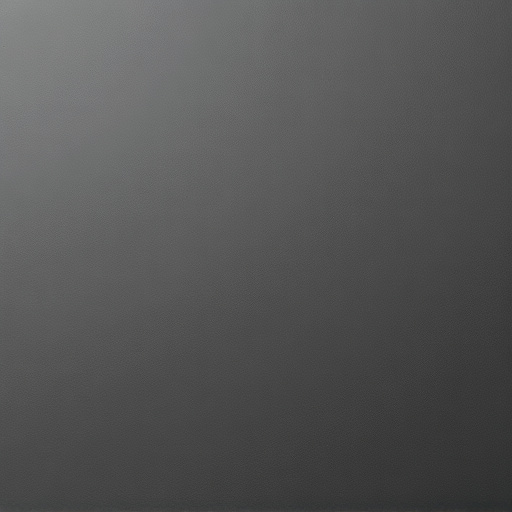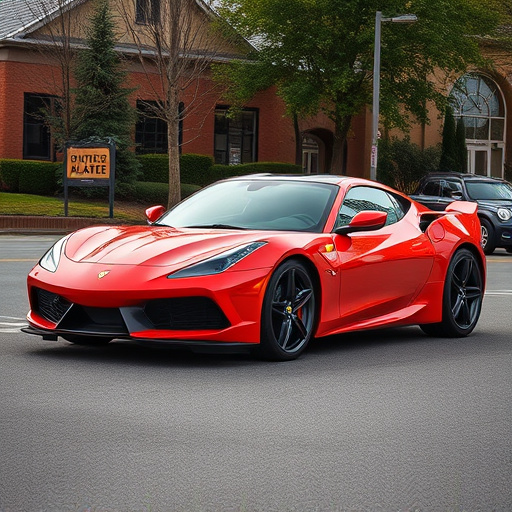Matte finish wraps are a popular automotive detailing choice for their unique, non-reflective aesthetic and scratch protection. Combined with ceramic window tinting, they offer enhanced privacy, heat reduction, and even better scratch resistance, but require professional application and maintenance. Tints specifically designed for matte wraps add color and further protect against environmental damage, maintaining the wrap's integrity and improving both aesthetics and functionality.
Considering a unique vehicle wrap look? Exploring the blend of matte finishes with tints can create a stunning visual impact. This article delves into the world of matte finish wraps, examining their distinct characteristics and the enhancing role of tints. We explore the pros and cons of combining these elements, offering best practices to ensure a successful transformation. From design possibilities to application tips, discover how this combo can elevate your wrap game.
- Understanding Matte Finish Wraps: The Basics
- Tints and Their Role in Enhancing Wraps
- Combining Matte Finishes with Tints: Pros, Cons, and Best Practices
Understanding Matte Finish Wraps: The Basics
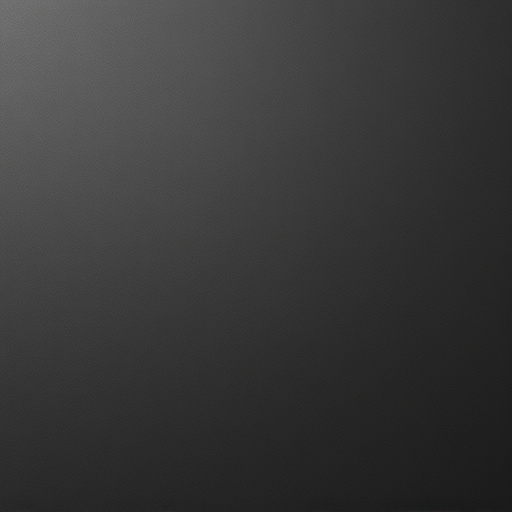
Matte finish wraps are a popular choice for vehicle owners looking to add a unique aesthetic to their cars or trucks. Unlike glossy or semi-gloss finishes, matte wraps offer a flat, non-reflective surface that provides a modern and subtle look. This type of wrap is not just about appearance; it’s also designed to provide scratch protection, making it a preferred option for those who want to preserve the original paintwork of their vehicles while adding a touch of customization.
In automotive detailing, matte wraps serve as an excellent way to enhance a vehicle’s overall look without the need for extensive painting. They are easy to apply and can be removed when desired, making them a flexible solution. The process involves carefully adhering a thin layer of vinyl material with a matte finish to the surface of the car, ensuring a precise fit. This not only protects against scratches but also adds a level of depth and texture that sets it apart from traditional painting techniques, contributing to an impressive vehicle enhancement.
Tints and Their Role in Enhancing Wraps
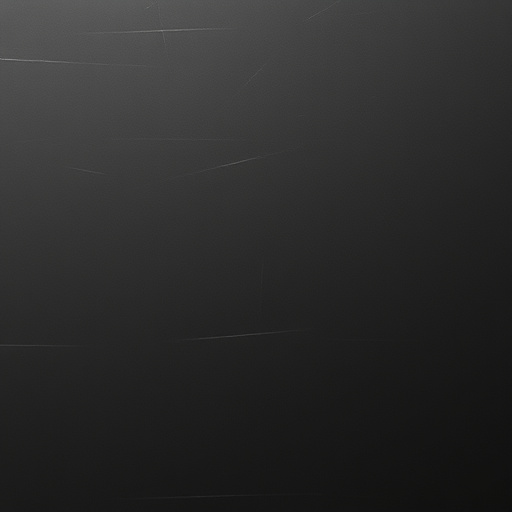
Tints play a pivotal role in enhancing the aesthetic appeal and functionality of matte finish wraps. By applying window tints, you’re not just adding a touch of color to your vehicle’s windows; you’re also providing an extra layer of protection for the wrap beneath. This is particularly beneficial in the world of automotive detailing, where maintaining the integrity of a matte finish can be challenging due to environmental factors and everyday wear and tear.
The application of tints acts as a protective shield, safeguarding the delicate surface of the wraps from scratches and other forms of damage. This is especially crucial if your vehicle is often exposed to harsh conditions, such as direct sunlight or road debris. Beyond aesthetics, tints offer practical benefits like improved privacy and reduced glare, enhancing the overall driving experience—a critical consideration for anyone prioritizing both style and functionality in their automotive detailing efforts.
Combining Matte Finishes with Tints: Pros, Cons, and Best Practices
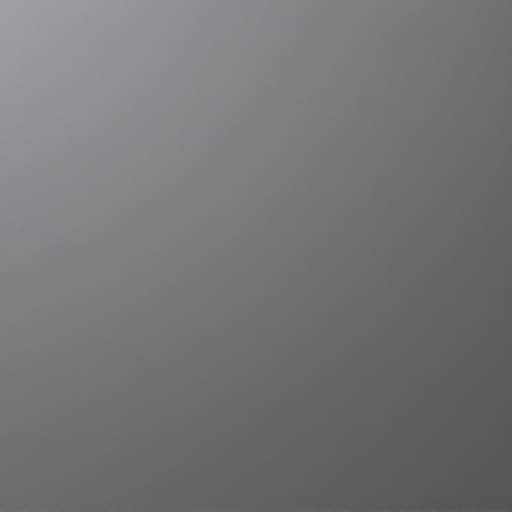
Combining matte finish wraps with tints can create a visually appealing and protective coating for vehicles, but it’s important to weigh the pros and cons before making this choice. One advantage is the enhanced scratch protection that matte finishes offer, which can complement the privacy and heat reduction benefits of ceramic window tinting. This combination provides both aesthetic appeal and practical advantages, especially for high-end vehicles or those frequently exposed to harsh weather conditions.
However, there are potential drawbacks. Matte wraps may require more frequent maintenance compared to glossy options due to their tendency to show fingerprints and dirt more prominently. Additionally, the application process can be more intricate, requiring skilled professionals to ensure a seamless finish that avoids bubbles or streaks. Best practices suggest thorough research and consultation with experts, choosing high-quality materials, and understanding the specific needs of your vehicle. For optimal results, consider consulting specialists in both matte finish wraps and ceramic window tinting who can offer tailored advice based on your vehicle’s unique characteristics.
When considering combining matte finish wraps with tints, it’s crucial to balance aesthetics and potential issues. While tints can enhance the visual appeal of matte finishes, they may also complicate application and increase the risk of bubbles or uneven coverage. Following best practices, such as using high-quality products and careful preparation, can ensure a successful outcome. Ultimately, the decision should be guided by your desired look and willingness to manage potential challenges that come with this creative combination.
